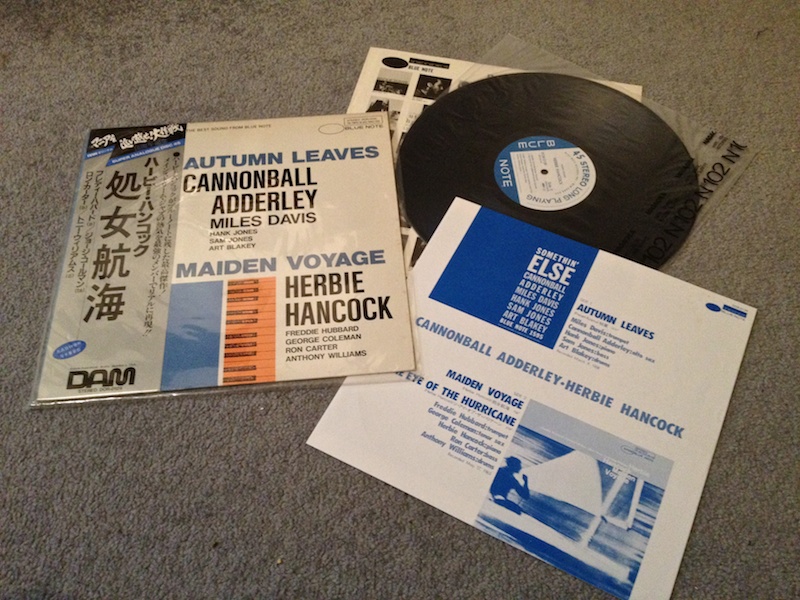Tony, please excuse my ignorance but how does the lower platter fit? I'm a little confused as on post #1 the photo shows the original platter (upper/alloy?) to fit the recess in the chassis with little room for anything else, the "lower" platter seems to have an extruded face (the yellow bit), does the 'upper' fit on the 'lower' sharing the same O/D?
Also, the lower has the black dots which I presume are for visual RPM tracking, to which that confuses me more as there is no room in the chassis for such.
Thanks,
Ant
Also, the lower has the black dots which I presume are for visual RPM tracking, to which that confuses me more as there is no room in the chassis for such.
Thanks,
Ant


